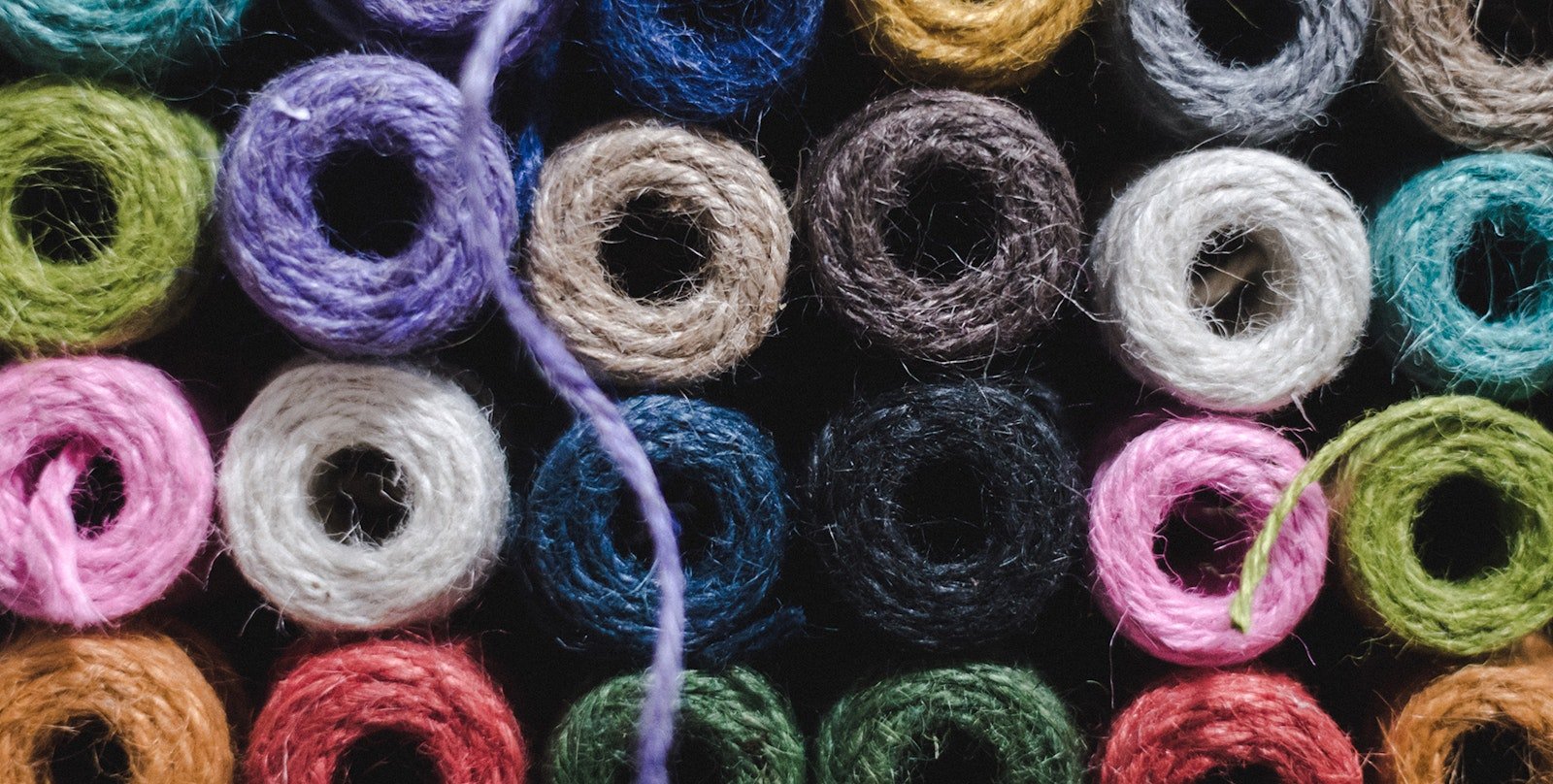During the Depression, the Works Projects Administration (WPA) hired the unemployed to write plays, build libraries, improve roads, bring electricity to rural areas, and much, much more. In Milwaukee County, Wisconsin Harriet Pettibone Clinton, the District Director of the Women’s Division of the WPA in the county, wanted to create a program for “unskilled” women. Her idea was to train these women to make handicrafts and she enlisted the help of Elsa Ulbricht, a member of the art education faculty at the University of Wisconsin-Milwaukee.
Clinton, Ulbricht, and several of Ulbricht's students worked together to create the Milwaukee Handicraft Project (MHP). The project trained women to bind books, make toys, block print, and (of course) weave cloth. Those women who were part of the weaving program used surplus wool from weaving mills and would ravel burlap bags and weave with the jute.
The looms were all made locally using a design devised by Ulbricht. Table looms were also used for sampling. At the start, the weavers in the program wove rugs, runners, and other simple items. Later, they wove draperies and upholstery fabrics that were used to furnish offices and dormitories.
The women who initially joined the program were all from poor backgrounds, many could not speak English, and most had never worked outside the home before. According to Ulbrecht, once trained many of these women were later hired into private industry or transferred to more advanced projects. Even more notably, unlike most other WPA projects, the MHP was completely integrated.
Many items created by the women of the MHP were donated by Ulbrecht to the Milwaukee Public Museum. More information on the MHP and its amazing seven year history can be found at this website, and to see some photographs of the weavers (and some color photographs of their weaving) check out this website.

